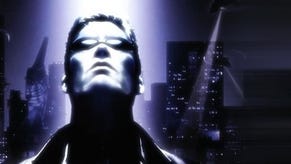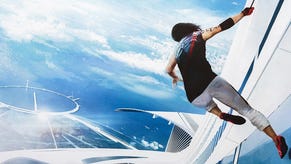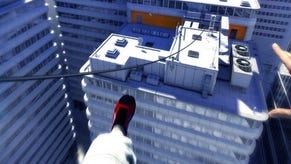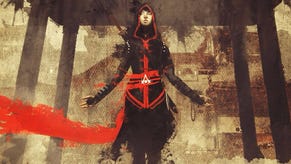Mirror's Edge
Faith facts.
Where does DICE get its inspiration? Looking at the Battlefield series, you might guess the answer is dark and gritty war films, the latest developments in military technology, documentary footage of actual battles and the like. But the answer, of course, is ballet.
It's certainly what inspired one of the most important features in Mirror's Edge. As you'll know if you read Christian's recent preview, it's an action-adventure game for PC, PS3 and Xbox 360. It's set in a dystopian world where crime has been eradicated at the expense of personal freedoms and stars an acrobatic heroine called Faith.
What sets Mirror's Edge apart from all those other action-adventure games with dystopian settings and acrobatic main characters is the fact the game is played from a first-person perspective.
This sort of thing is all very well in shooter games, where the emphasis is on scanning for enemies and firing at targets rather than navigating complex environments. But what about games where you're constantly running, jumping, rolling and sliding? And in the case of Mirror's Edge, doing all this at an extremely fast pace? After watching the trailer, it's hard not to be concerned the continual camera movement will leave you disorientated and more than a little bit sick.
However, the trailer doesn't show the feature that was inspired by the pretty ladies in the tutus. In the actual game, a tiny blue dot is ever-present in the middle of the screen. It's there to reduce simulation sickness by naturally drawing your eye back to the centre of the image and prevent your brain from becoming bewildered, as producer Nick Channon explains. "When [ballerinas] do pirouettes, they find a focal point," he says. "They look at that point every time they come out of that revolution, and that makes a massive difference."
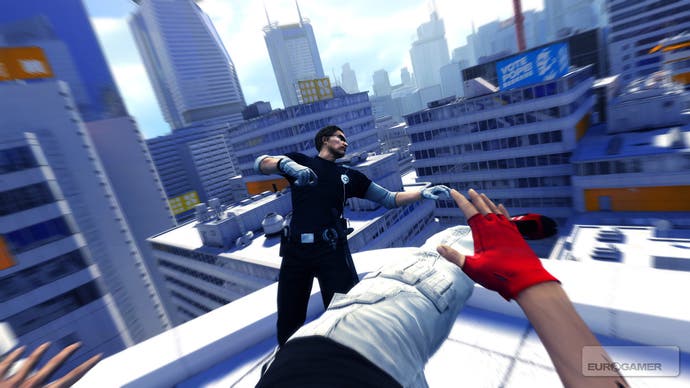
Channon is demoing Mirror's Edge PS3 at E3, where we're finally getting the chance to go hands-on. From the first moment you pick up the controller, the game feels fresh yet familiar. Just as in a first-person shooter you see the gameworld from the main character's perspective, and use the left and right sticks to direct movement and the camera. But the field of vision is wider than usual, and the landscape ahead of you appears more open and expansive as a result.
We're playing the skyscraper level from the trailer, in which Faith must navigate from roof to roof. At first the blue dot is distracting; it's the only non-environmental object on the screen, as there's no HUD, and you find yourself consciously focusing on it to centre your vision. But once you start moving around and figuring out the control system, your brain takes over and uses it as a point of reference without you noticing. Or feeling sick.
The controls are simple and context-sensitive. L1 makes Faith jump if she's on the edge of a rooftop, or grab if she needs to pull herself up a ledge. L2 is used for sliding underneath barriers, and also for rolling to break Faith's fall after big leaps. It's all fluid and intuitive, which makes it easy to move around at high speed. "You can get through just using the basic controls, and finish the game doing that," says Channon. "But where the depth comes in is going through those moves very quickly."


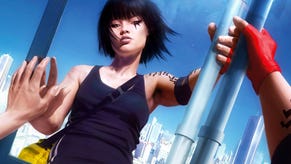
.jpg?width=291&height=164&fit=crop&quality=80&format=jpg&auto=webp)
